What is VAT carousel fraud?
VAT carousel fraud is a complex scheme used by organised criminal networks to fraudulently cash in on Government VAT revenues. In its most basic form, referred to as the missing trader fraud, it exploits the VAT Directive mechanism that governs cross-border intra-community transactions in goods and not only. In fact, in 2010, Europol announced an estimated EUR 500 billion loss attributed to VAT fraud on cross-border trading of carbon emission allowances.
But how does it work?
Supplier A in Member State A supplies goods to customer B, VAT registered in Member State B. The goods are (in theory) transported to Member State B, where B then resells them to customer C, also VAT registered in Member State B. In principle the intra-community supply by A is exempt from VAT in Member State A whilst the intra-community acquisition is taxable in Member State B, with B liable to account for it by reverse-charge and simultaneously deduct the equivalent amount as input VAT rendering the transaction VAT neutral for B. B then charges VAT to C, which VAT he does not pay to the tax authority in Member State B, going missing. C would claim the VAT charged to him by B as input VAT and proceeds to carry out (as supplier) an exempt intra-community supply to A (now the customer) in Member State A. The unremitted VAT netted by the missing trader would thus constitute an irrecoverable revenue loss for Member State B.
Which are the ‘’goods’’ typically used for this fraud?
Given that in principle carousel fraud entails the transporting of goods, those of relatively high value and compact dimensions, such as mobile phones or computer chips, or those that are low bulk, high value and readily available in large quantities – so they can be moved quickly and easily and can be sold at a profit constitute attractive choices. Aside from goods, intangible assets such as Carbon Emission Allowances have also been used to carry out cross-border VAT fraud. Of course, the creativity of these criminal networks is unlimited and notwithstanding the increased controls and anti-fraud measures introduced over time at Member State and EU level, the fight against VAT carousel fraud remains a formidable challenge.
Which countries are typically used for this fraud?
Countries with:
- Availability of high speed, online banking facilities that can move money quickly;
- Embedded expertise and experience of money laundering;
- Availability of ‘legitimate’ investment opportunities e.g. Opportunities to invest in commercial construction projects;
- Low level of international cooperation and regulatory enforcement;
- Lack of formal agreements in relation to legal assistance and extradition;
What happens to the money?
The majority of the money is initially laundered through the banking sector. However, many countries have identified cash withdrawals later in the process, which in some cases have been ‘invested’ through casino transactions and acquisition of luxury goods. Alternatively, the money can be converted to crypto.
What are the red flags a subject persons should be on the look out for?
According to the FATF report, ‘’Laundering the Proceeds of VAT Carousel Fraud’’ the indicators could be one or more of the following:
- The customer exhibits limited and poor knowledge with the market dynamics.
- New people have assumed control of business operations.
- The business has undergone rapid growth across commodities and sectors.
- There has been a significant surge in business turnover within a brief timeframe.
- Repeat transactions occur at equivalent or reduced prices with marginal or consistent profit margins.
- Shell companies being used.
- Complex structures being used and secrecy on beneficial ownership.
- Companies are closed down/abandoned suddenly and without reason after one or two trades.
- Sudden unresponsiveness from directors.
- Unsecured loans are secured with unreasonable interest rates and/or terms.
- Instructions are issued to remit payments lower than the full invoiced amount, often excluding VAT, to suppliers.
- Substantial payments to third-party or offshore accounts.
- High-value, low-volume goods subject to high tax rates, such as computer components or mobile phones, are utilized.
- Funds credited to an account are promptly transferred to other corporate accounts. •
- Accounts primarily function as conduits for receiving and transferring substantial sums of money, despite consistently low balances.
- Substantial cash withdrawals are made.
- Annual financial statements of the companies remain unpublished.
- Immediate settlement of invoices exceeding the company’s typical financial means.
- Essential invoice details, such as VAT numbers and dates, are absent.
- Invoices for services unrelated to the core business activities are issued.
- Prices for exported goods or services deviate significantly from prevailing market rates.
- Multiple bank accounts are opened under the names of various ‘smokescreen’ companies across different financial institutions.
- Suppliers exclusively utilize the same offshore financial institution for payments.
- Loans equivalent to VAT reimbursements are obtained to initiate the financing scheme.
- Companies engaged in carousel schemes predominantly sell to traders rather than retailers.




